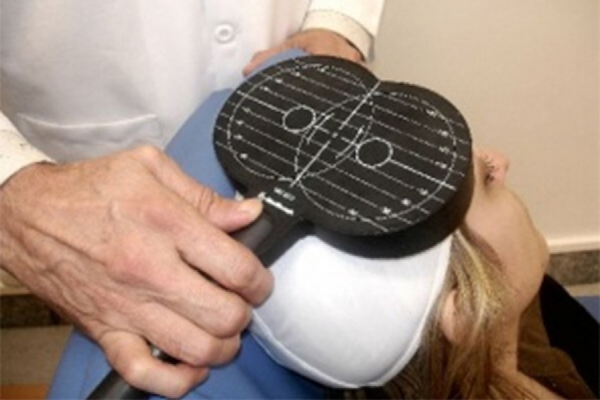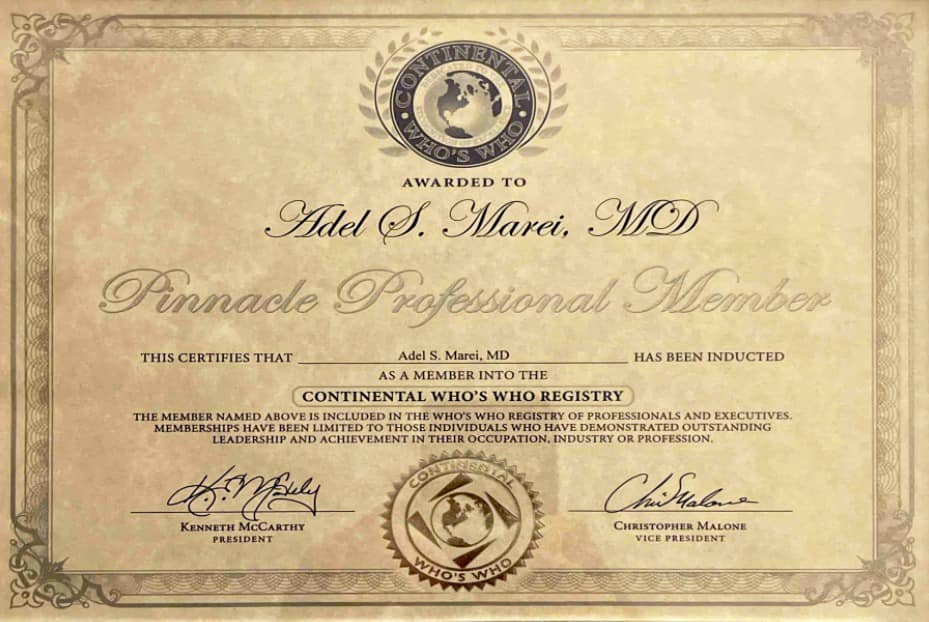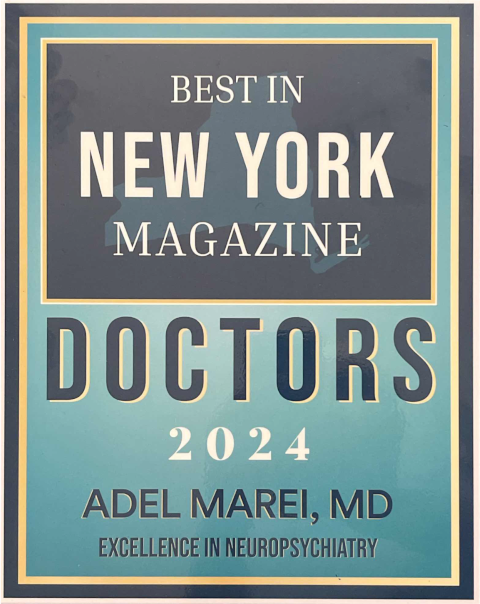Transcranial Magnetic Stimulation (TMS) therapy has emerged as a powerful, non-invasive treatment for a variety of mental health conditions, particularly major depressive disorder (MDD). As doctors, understanding TMS therapy—its mechanisms, benefits, and clinical applications—can pave the way for better patient outcomes and a broader acceptance of this innovative treatment approach.
What is TMS Therapy?
TMS therapy involves the use of magnetic fields to stimulate nerve cells in the brain. Specifically, it targets areas of the brain that are underactive in individuals suffering from depression. The therapy is performed using a device that generates magnetic pulses resembling those of an MRI machine. Patients remain awake and alert during the sessions, which typically last about 40 minutes and are performed five times a week over four to six weeks.
Mechanism of Action
The exact mechanisms of TMS therapy are complex and still being studied. The magnetic pulses are believed to stimulate neuronal activity in key areas of the brain associated with mood regulation. This stimulation can lead to the release of neurotransmitters, such as serotonin, norepinephrine, and dopamine, which are crucial for mood stabilization. Most importantly, TMS promotes neuroplasticity—the brain’s ability to adapt and form new connections—thereby supporting long-term mental health.
Efficacy and Benefits
Numerous studies have demonstrated the effectiveness of TMS therapy for patients with MDD, particularly those who have not responded to traditional treatments like medication and psychotherapy. Clinical trials report that approximately 50-60% of patients experience a significant reduction in depressive symptoms after completing a course of TMS, with about one-third achieving complete remission.
In addition to MDD, TMS is being investigated for its efficacy in treating a variety of conditions, including anxiety disorders, PTSD, and even chronic pain. As ongoing research sheds light on its broader applications, TMS therapy might become a cornerstone in managing various neuropsychiatric disorders.
Safety and Side Effects
One of the most compelling features of TMS therapy is its safety profile. Unlike traditional psychiatric medications, TMS does not carry a risk of systemic side effects such as weight gain, sexual dysfunction, or withdrawal symptoms. The most common side effects reported include mild headaches and scalp discomfort at the site of stimulation, which generally resolve shortly after treatment. Serious side effects, such as seizures, are extremely rare.
Practical Considerations for Implementation
For doctors considering the integration of TMS therapy in their practice, several factors must be addressed. First, understanding insurance coverage and reimbursement policies is crucial, as many plans now cover TMS therapy for depression. Moreover, training and certification will be necessary to ensure adherence to safety and efficacy protocols.
Conclusion
As the understanding of mental health continues to evolve, TMS therapy stands out as a beacon of hope for patients struggling with depression and other mental health disorders. For healthcare providers, being well-versed in TMS therapy can enhance treatment options and foster patient engagement. As research advances, we can anticipate a growing body of evidence supporting the diverse applications of TMS, marking a significant shift in how psychiatric disorders are treated in the modern era. By embracing these innovative approaches, we can collectively work towards improving patient outcomes and enhancing overall mental health care.





